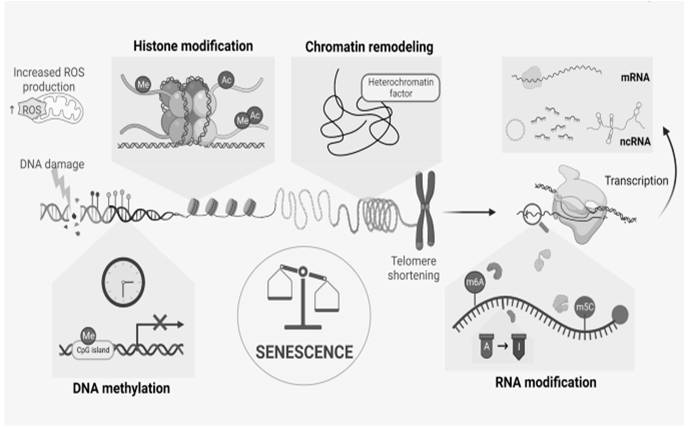Bee Keeping Methods and Equipments: The production of honey is done by two methods, namely indigenous (old) method and modern method. To obtain pure and more amount of honey modern methods of apiculture are in practiced.
Bee Keeping Methods and Equipments
Beekeeping, also known as apiculture, is the practice of managing honey bee colonies. Beekeepers collect honey, beeswax, and other products from the hive, and they also play an important role in pollinating crops.
There are two main methods of beekeeping: traditional (Indigenous method) and modern.
1. Indigenous method (Old Method)
Indigenous methods of beekeeping vary across different cultures and regions, often reflecting a deep understanding of local ecosystems and the behavior of native bee species. These methods have been developed over generations and are adapted to the specific conditions of each area. One common theme among indigenous beekeeping practices is a focus on sustainability and maintaining a harmonious relationship with nature. Here are a few examples of indigenous beekeeping methods:
- Log Hive Beekeeping (Europe and North America): Indigenous communities in Europe and North America have historically used hollowed-out logs or sections of tree trunks to create natural cavities for bees. These logs are placed in locations where wild bees are likely to establish colonies. The log hives provide insulation and protection for the bees and can be easily managed without disturbing the colony too much.
- Skep Beekeeping (Europe): Skeps are traditional beehives made from coiled straw or wicker. They were widely used in Europe before the introduction of modern box hives. Skeps provide a natural and breathable environment for bees but have limitations in terms of colony management and honey extraction.
- Cliff Beekeeping (Nepal): In some remote areas of Nepal, indigenous communities practice cliff beekeeping. They hang large, cylindrical baskets made from woven bamboo or wood on the sides of cliffs to encourage wild bees to establish colonies. The baskets are accessible from the top, allowing beekeepers to harvest honey without disturbing the bees significantly.
- Honey Hunting (Various Regions): Many indigenous communities practice honey hunting, which involves locating wild bee colonies in natural habitats like hollow trees, rock crevices, or cliffs. The honey hunters use traditional techniques and tools to extract honey and beeswax. This method requires a deep understanding of bee behavior and the ecosystem. ‘Bee Keeping Methods and Equipments’
- Traditional Box Hives (Africa): In parts of Africa, traditional box hives made from materials like clay, wood, or woven grass are used for beekeeping. These hives are designed to mimic the natural nesting sites of local bee species. Beekeepers manage the colonies by transferring bees between hives and harvesting honey.
- Bamboo Hive Beekeeping (Southeast Asia): In some parts of Southeast Asia, indigenous communities create hives using hollowed-out bamboo sections. These hives are suspended from trees or structures, providing a suitable habitat for native bee species. Beekeepers can access the hives for management and harvesting.
Indigenous beekeeping methods often prioritize the well-being of both bees and the environment, emphasizing sustainable practices that don’t harm bee populations or disrupt ecosystems. These practices reflect a profound cultural connection to the land and its resources. However, it’s important to note that as communities modernize and face new challenges, some traditional methods might be adapted or combined with contemporary beekeeping techniques to achieve a balance between tradition and innovation.
This is primitive and unplanned method of apiculture. In this method two types of hives are used,
- Natural fixed combs prepared by bees on the walls or the branches of trees
- Artificial or man-made movable hives. These hives are made from wooden logs or earthen pots etc.
In the indigenous method, the bees are first killed or made to escape from the hive with the help of smoke when the bees are at rest during night. This method has many drawbacks and it is not suitable for commercial large-scale production of honey.
The following are the disadvantages of indigenous method:
- The honey cannot be extracted in the pure form. The extracted honey also contains the larvae, pupae and pollen cells.
- The future yield of the honey is affected as the colony has to be destroyed to extract the honey. Moreover it takes lot of energy of the bees to build new hive.
- The bees may not construct the new hive in the same place as the old one.
- The natural hives also have the danger of attack by the enemies like rats, monkeys, ants etc. The natural hives can also be damaged by the climatic factors.
- Also scientific intervention is difficult in the indigenous method and thus improving of the bee race is impossible.
- Though the indigenous method has many drawbacks, it still persists.
 |
| Fixed hive |
2. Modern method
In the modern method of apiculture the honey bees are reared in movable artificial hives. This was designed and invented by Longstroth in 1951. This invention has turned apiculture into a cottage industry and has provided employment to lakhs of
people.
The modern beehive is made up of a series of square boxes without tops or bottoms, set one above the other. These hives have a floor board and a bottom stand at the bottom and a crown board at the top. Inside these boxes, frames are vertically hung parallel to each other. The frames are filled with sheets of wax foundation on which the combs are built by the bees.
The entrance of the hive can be reduced with the help of the entrance reducer. The queen is usually confined to the brood chamber. The boxes termed honey supers are used for storage of honey. The queen is prevented from going to honey supers by
the queen excluder that allows only the workers to move.
The following are the steps included in apiculture or commercial production honey
Catching a swarm:
Swarm is an old queen accompanied by huge population of workers flying to start a new hive. The swarm is generally collected with a straw basket called as skep with a lid.
Hiving a Swarm:
It is the process in which the collected swarm is transferred to the hive to build up the colony and produce honey.
Initial feeding:
After the hiving of the swarm, they are fed with sugar syrup. This feeding will help the bees to settle down to work in their new home.
Starting the work:
After settling down in the new hive the bees start to work in their respective job roles in the new hive. The worker bees move about in the surrounding flora collecting nectar and pollen. Consequently the colony expands and starts the production.










